The race for the presidency of the Liberal Democratic Party of Japan (LDP) on September 27 is hotter than ever.
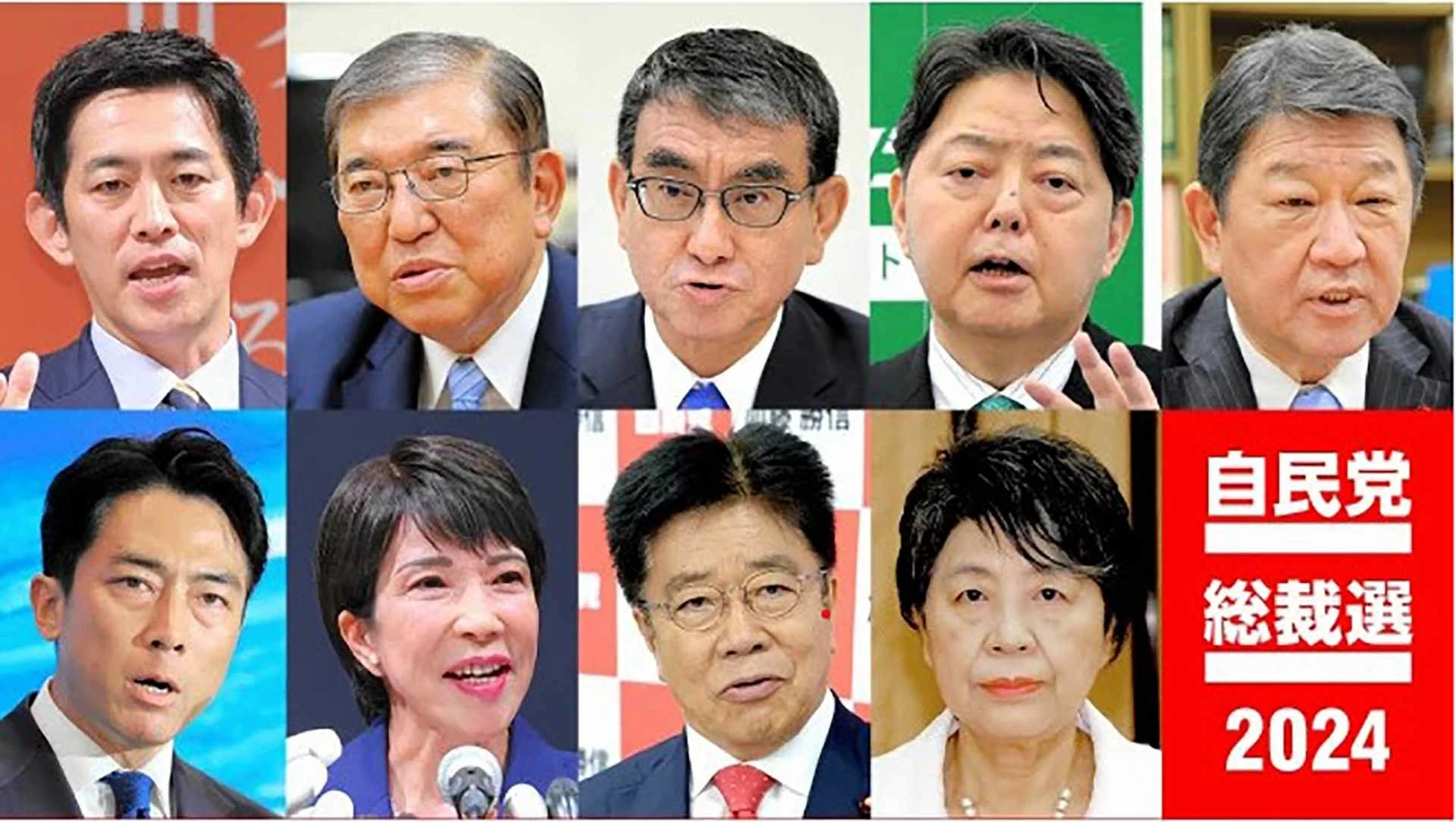 |
| Candidates in the LDP presidential election. (Source: The Asahi Shimbun) |
The hot issue is that this party is currently in power with the Komeito Party, in which the LDP plays a key role and has an overwhelming number of seats (258/465). Therefore, the winner of the internal vote will almost certainly succeed Prime Minister Kishida Fumio, at least until the next general election.
So far, many potential faces have emerged, but which politician can have the last laugh in what is considered the most unpredictable race in years?
New context
Japan's national elections are not scheduled to take place until late 2025. However, a series of problems are accelerating this process. Within the LDP, many party members were found to have illegally raised and used political funds, leading to the dissolution of several major factions within the LDP.
Most notably, Fumio Kishida announced that he would not run for the position of party president. His successor will then face unprecedented difficulties after more than six decades of LDP rule: a rapidly aging population, stagnant production, a prolonged economic recession, high inflation and falling incomes.
More worryingly, 60% of people say they do not support any party. In June, the LDP's approval rating hit a 100-year low. As a result, there is speculation that regardless of the results of the internal elections, the winner will hold a general election this year to maintain the party's position.
This situation requires the new party chairman to be able to steer the LDP ship against strong winds from the Constitutional Democratic Party (CDP) and domestic public opinion about internal scandals, economic recession, as well as some current social security issues.
Same bed, different dreams
In that context, Mr. Ishiba Shigeru, 67 years old, former Secretary General of the LDP and former Minister of Defense is showing the advantage. This is his fifth time running for the position of LDP president. He supports raising wages to address the high cost of living, exempting some goods from taxes to support low-income earners and supporting the policy of gradually raising interest rates by the Central Bank.
The politician proposed establishing a separate disaster management agency to build shelters, improve the conditions of soldiers to ensure the national defense force. He was the only candidate to call for Japan to switch from nuclear energy to renewable energy and support changing the Constitution to allow the country to have a female emperor.
Another prominent candidate is Takaichi Sanae, 63, the economy minister. She faced Kishida in the 2021 race, and has a conservative right-wing stance, including support for constitutional reform. She has said she would prioritize economic growth to improve Japan’s international standing, arguing that “strategic spending” is needed to boost employment and consumption. In 2016, she sparked controversy by calling for the government to revoke the licenses of media outlets that engage in politically oriented activities.
Meanwhile, Mr. Koizumi Shinjiro, former Minister of the Environment, is also expected to make a difference. Graduated from Columbia University (USA) and the youngest candidate in this election, the son of former Prime Minister Koizumi Juniichiro receives strong support from women and young people, and is a "fresh breeze".
He has vowed to accelerate Prime Minister Kishida’s economic policies to adapt to technological developments, including artificial intelligence (AI), and has pledged to overhaul Japan’s taxi market, provide income support to low-income households, and boost employment at small and medium-sized businesses, while making it easier for companies to lay off workers. He supports amending the Constitution and holding an early general election. If he wins, he will be Japan’s youngest prime minister in eight decades.
Other candidates in the race include LDP Secretary-General Motegi Toshimitsu, 68; Foreign Minister Kamikawa Yoko, 71; former Foreign Minister Kono Taro, 61, now Minister of Digital Reform; former Economic Security Minister Kobayashi Takayuki, 49; Health and Labor Minister Kato Katsunobu, 68; and Chief Cabinet Secretary Hayashi Yoshimasa, 63.
On the one hand, Northeast Asia expert and former New Zealand Ambassador to Korea Philip Turner assessed that the change in the LDP only focuses on leadership style and is unlikely to bring about major changes to the current situation. On the other hand, with rich experience and diverse political stances, the key candidates can still bring about necessary adjustments to the LDP and Japan at the present time.
Whose hand is the flag?
On September 27, 368 LDP lawmakers from both houses of parliament and 368 LDP members from across the country are scheduled to elect the party president. If no one wins an absolute majority (over 50% of the votes), the two candidates with the highest votes will participate in a second round of voting, held the same day. In this round, the number of votes from lawmakers remains the same, but only 47 party members, representing Japan's prefectures, will participate in the vote.
According to a survey by the Asahi Shimbun newspaper (Japan), Mr. Ishiba is in the lead. Although he has only about 30 lawmakers supporting him, he is highly regarded by local LDP members. Up to 26% of respondents said that this politician is “the most suitable person” for the position of new LDP President.
Meanwhile, after the initial “explosive” phase, Mr. Koizumi has shown signs of slowing down, with only 21% support and not much support from local LDP members. In return, this politician received the support of more than 50 lawmakers - this could be the key to his final victory. However, the scenario can only happen if he makes it to the next round of voting. Ms. Takaichi currently receives the support of about 30 lawmakers with a support rate of 11%, which can completely make a surprise.
At present, the consideration of LDP members and parliamentarians is not only the story of internal stability, but also having enough prestige to win the upcoming general election. This could be an important factor in their choice for the position of party president. This will make this race for the position of LDP president and, accordingly, the position of Japanese Prime Minister, more fierce than ever.
Source: https://baoquocte.vn/cuoc-dua-gia-nh-chuc-chu-cich-ldp-hanh-trinh-cam-go-287758.html



![[Photo] General Secretary To Lam receives Russian Ambassador to Vietnam](https://vstatic.vietnam.vn/vietnam/resource/IMAGE/2025/4/2/b486192404d54058b15165174ea36c4e)
![[Photo] Prime Minister Pham Minh Chinh receives CEO of Standard Chartered Group](https://vstatic.vietnam.vn/vietnam/resource/IMAGE/2025/4/2/125507ba412d4ebfb091fa7ddb936b3b)

![[Photo] Prime Minister Pham Minh Chinh receives Deputy Prime Minister of the Republic of Belarus Anatoly Sivak](https://vstatic.vietnam.vn/vietnam/resource/IMAGE/2025/4/2/79cdb685820a45868602e2fa576977a0)
![[Photo] Comrade Khamtay Siphandone - a leader who contributed to fostering Vietnam-Laos relations](https://vstatic.vietnam.vn/vietnam/resource/IMAGE/2025/4/3/3d83ed2d26e2426fabd41862661dfff2)


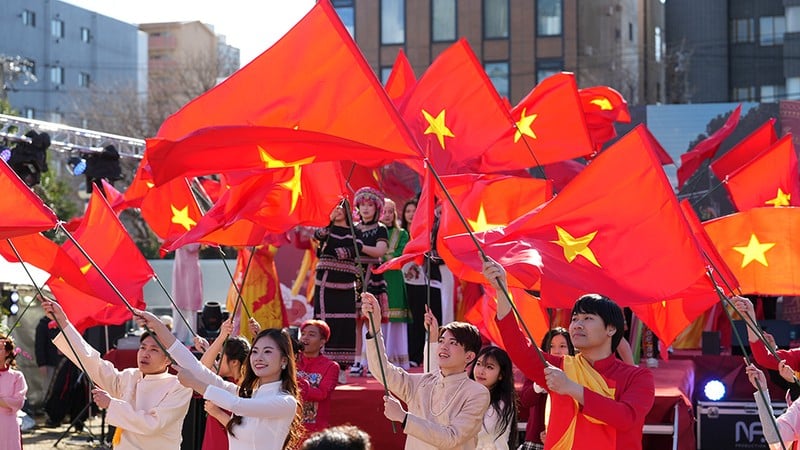





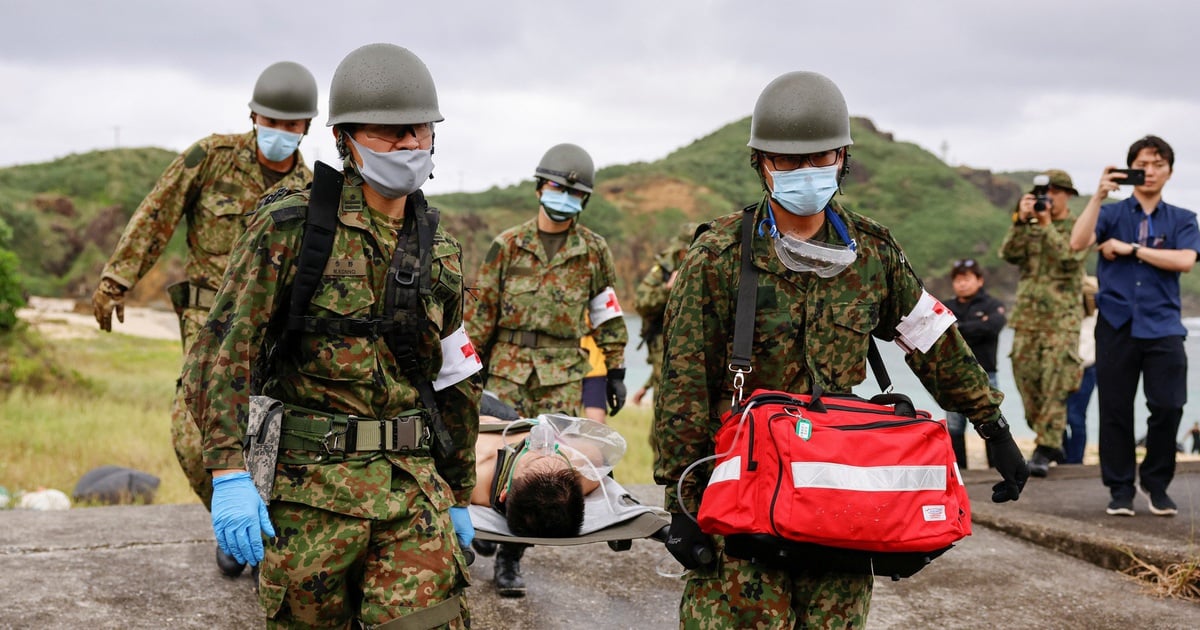


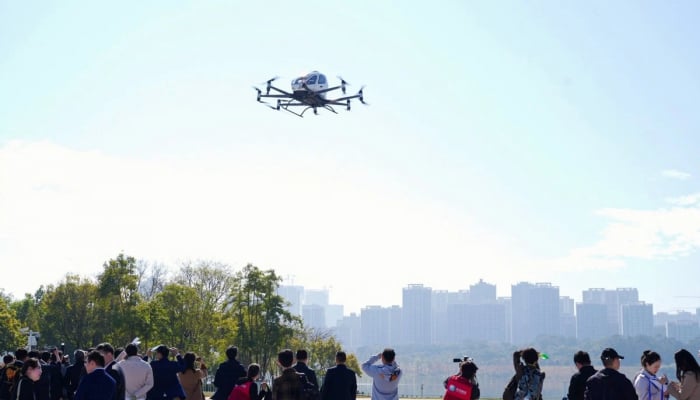
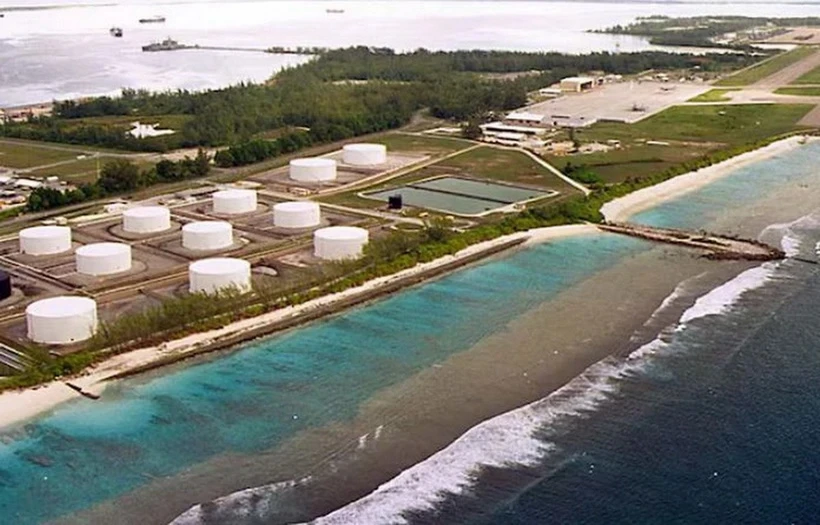
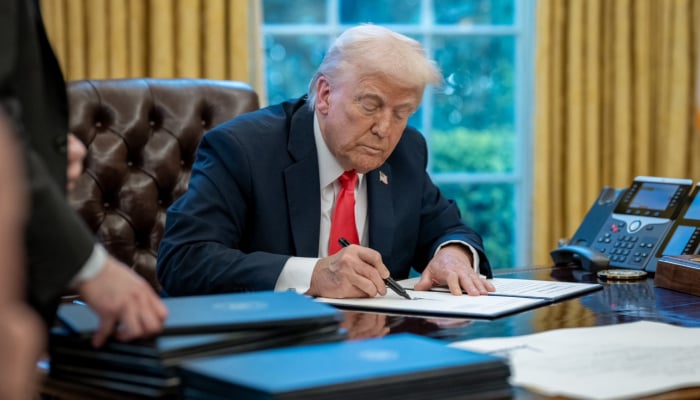





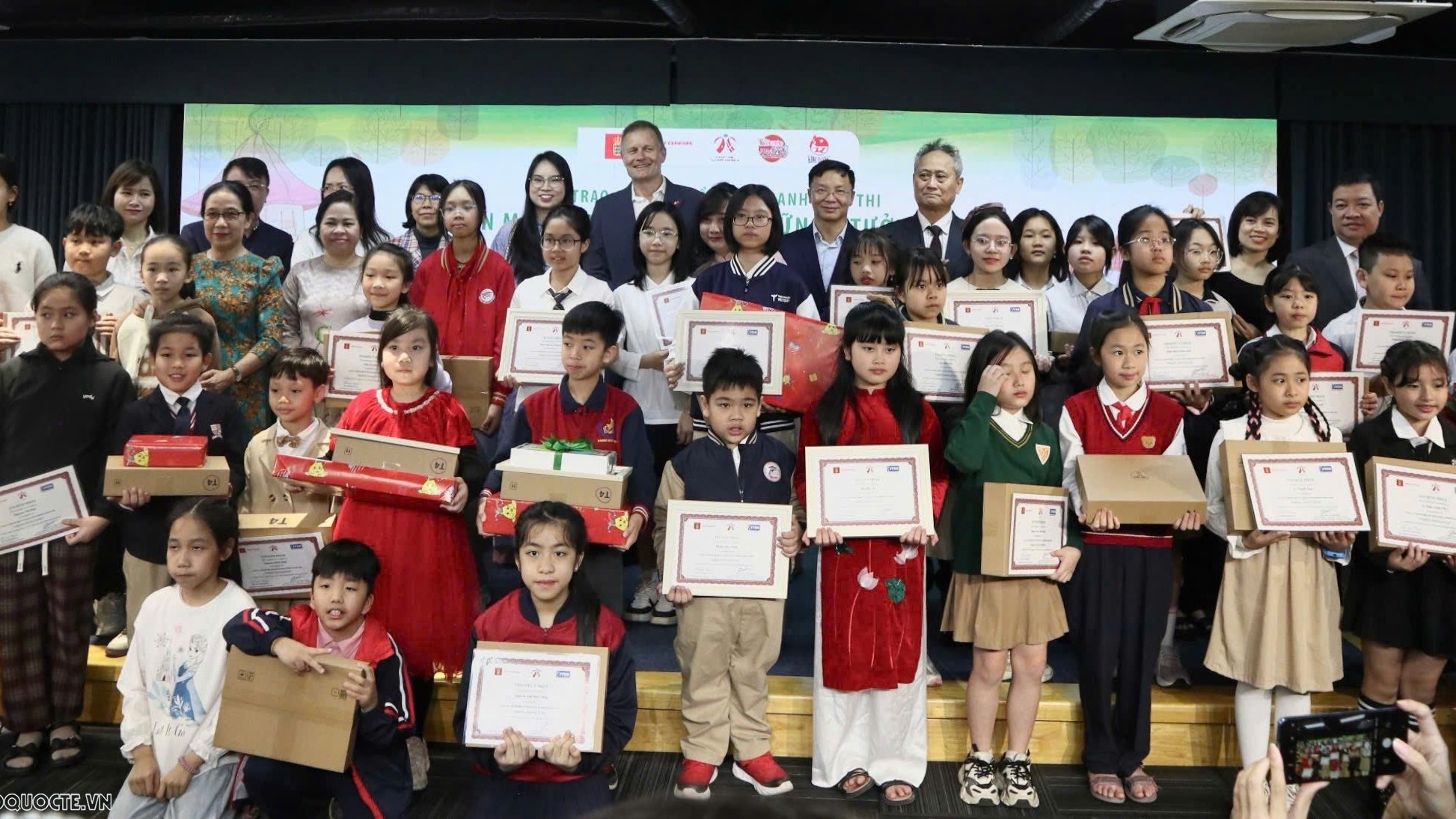
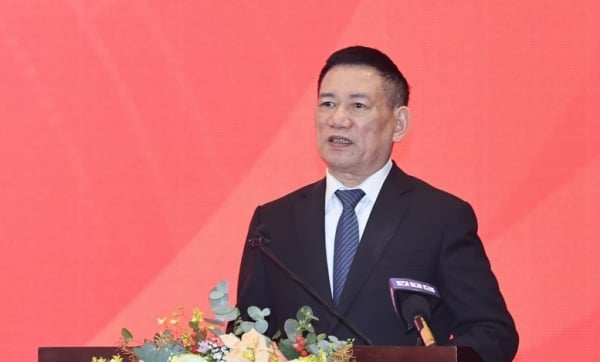
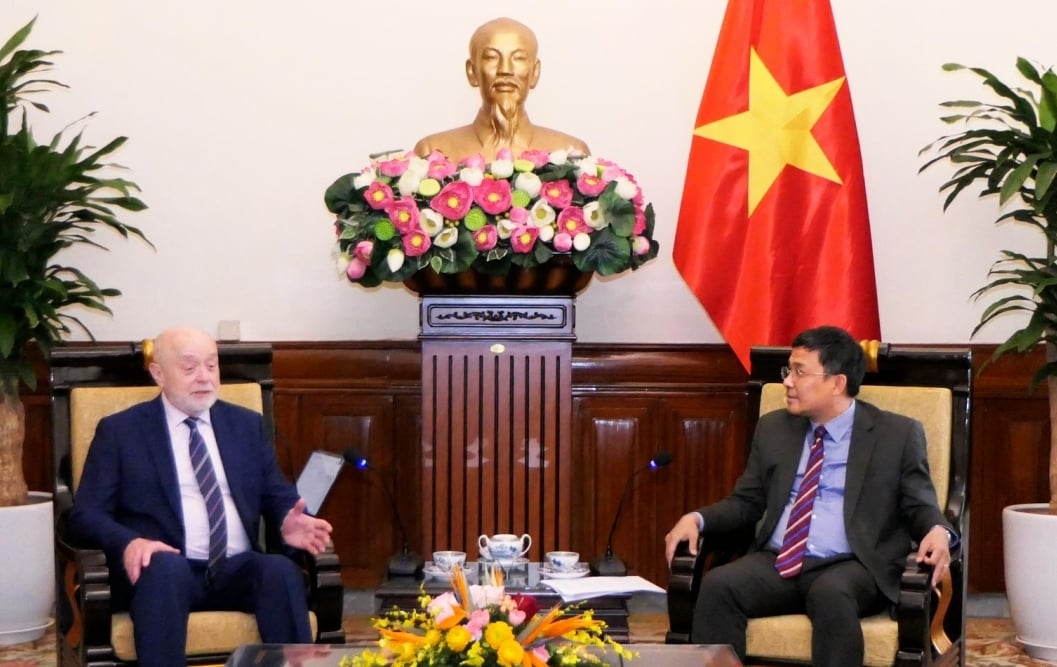

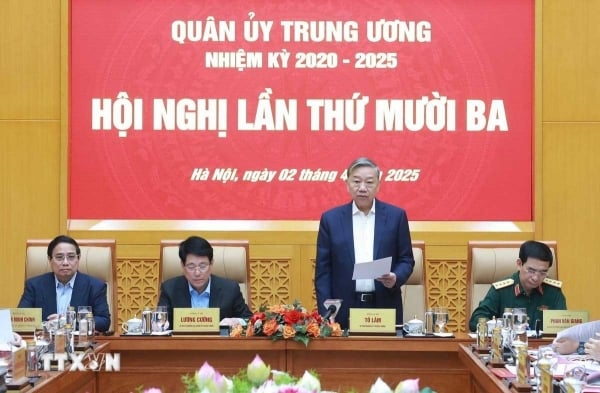
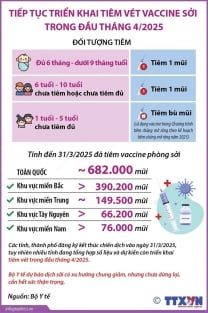













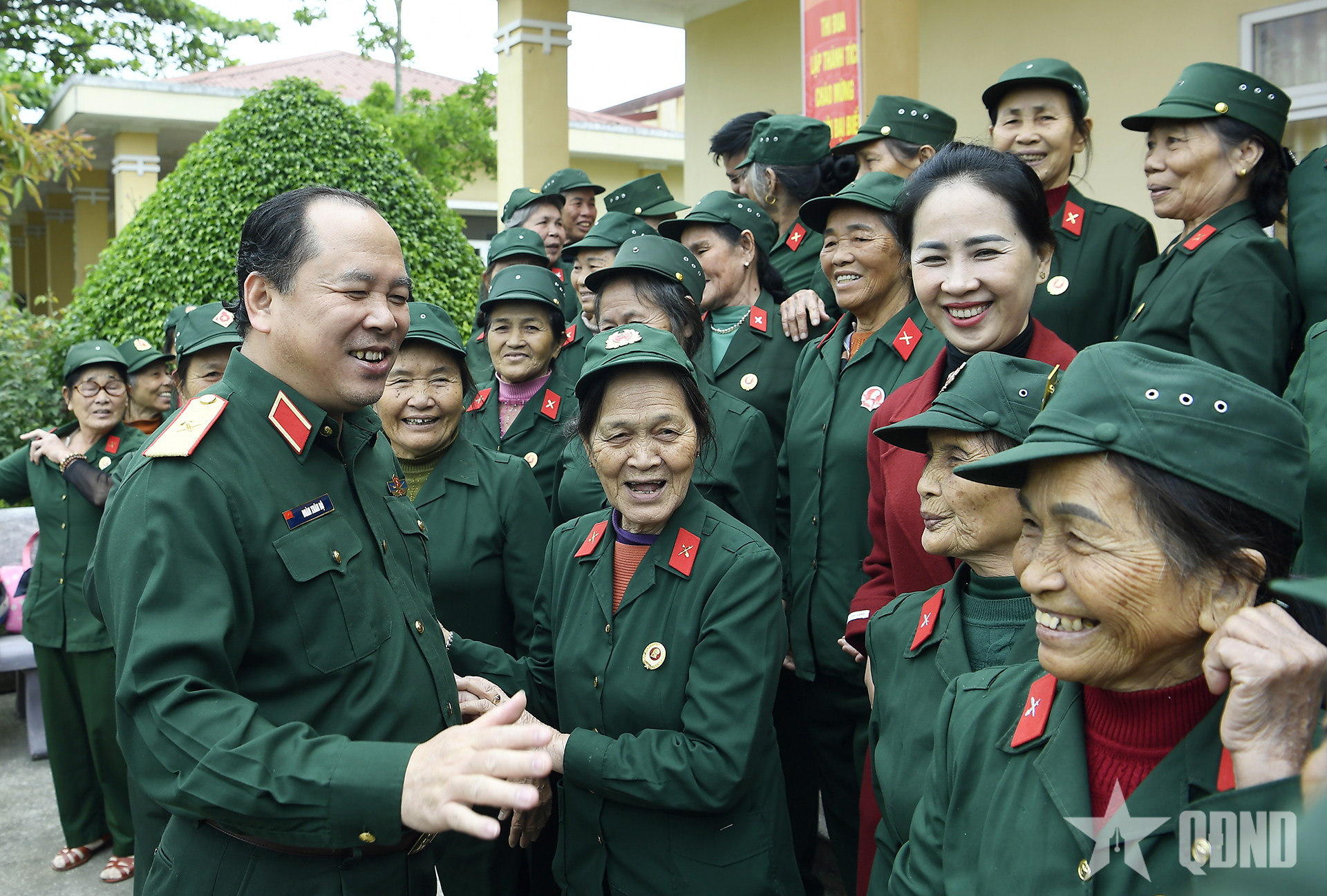















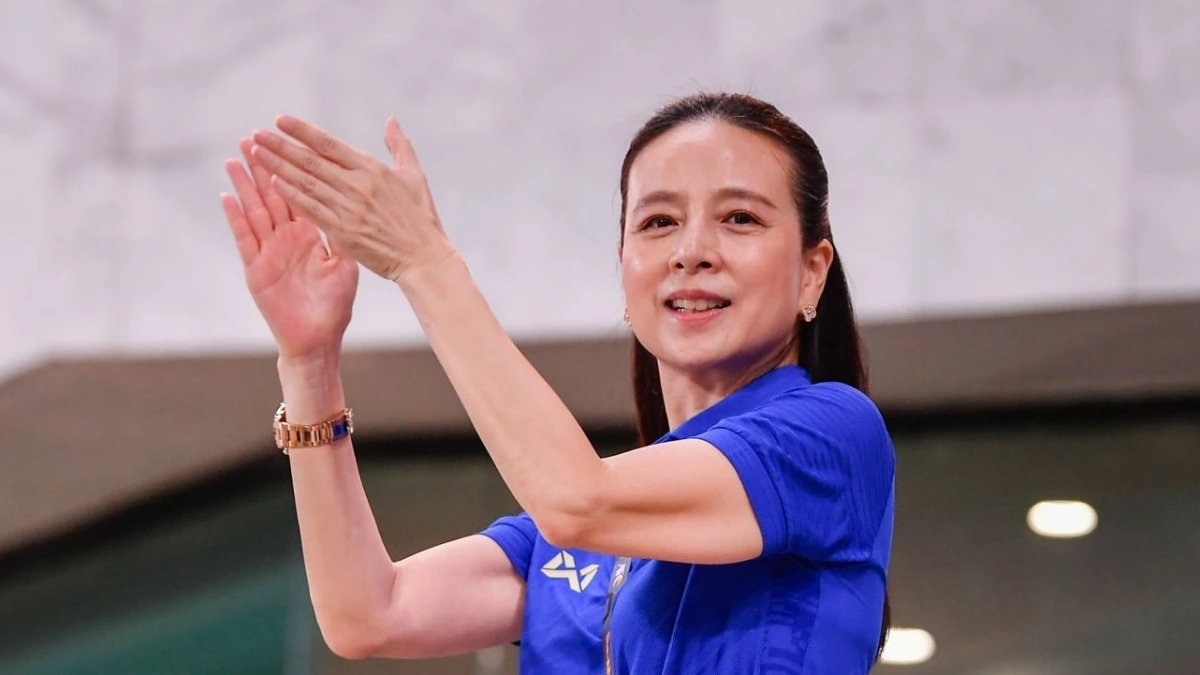






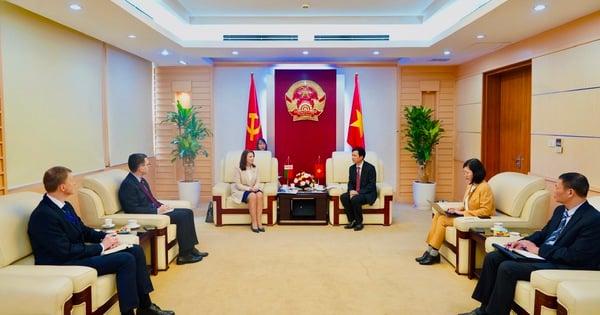

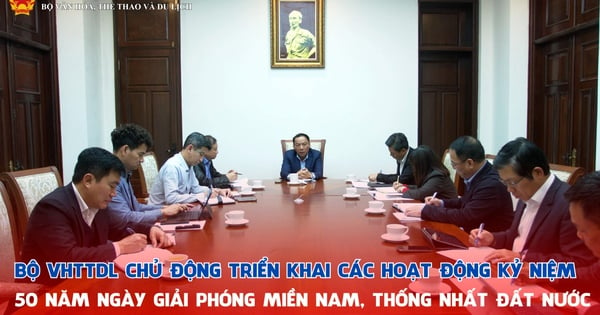


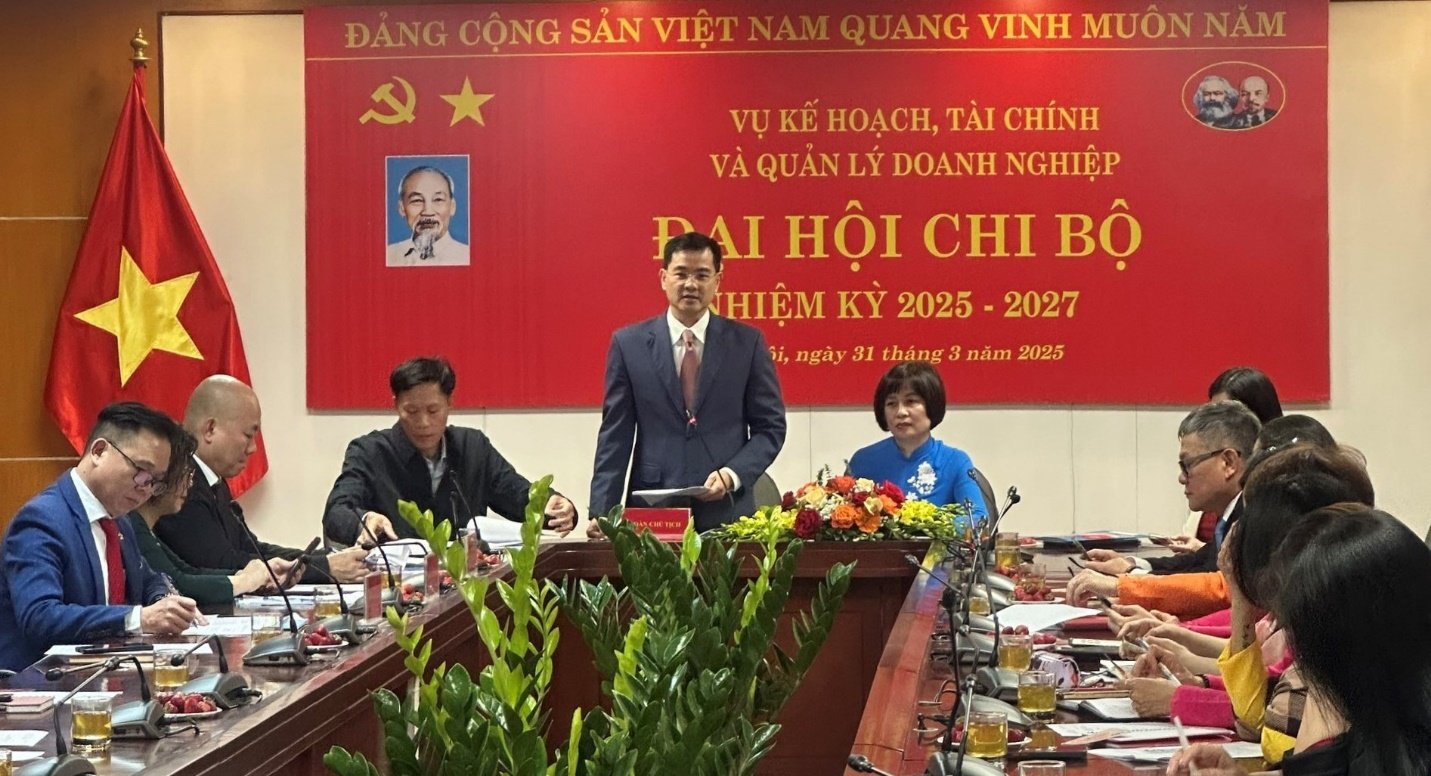

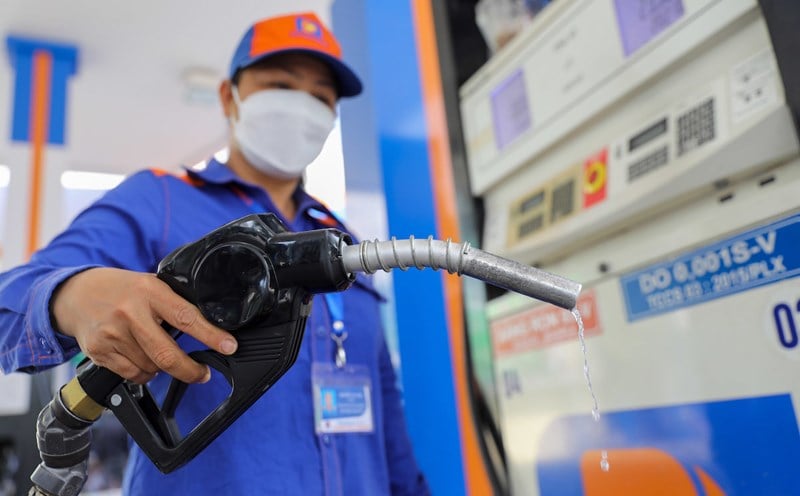

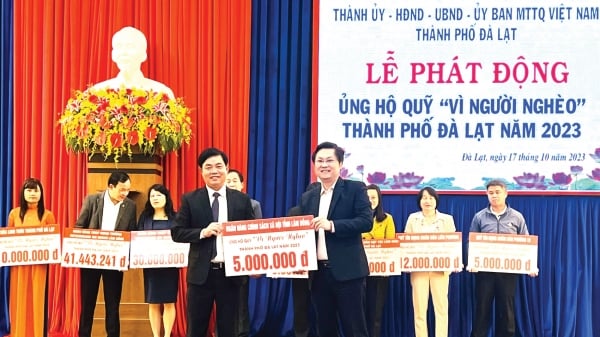

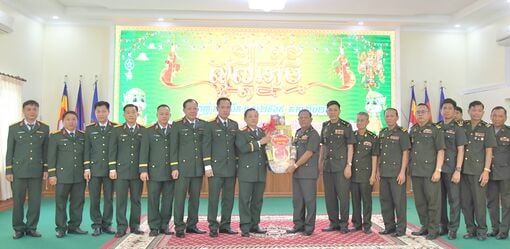

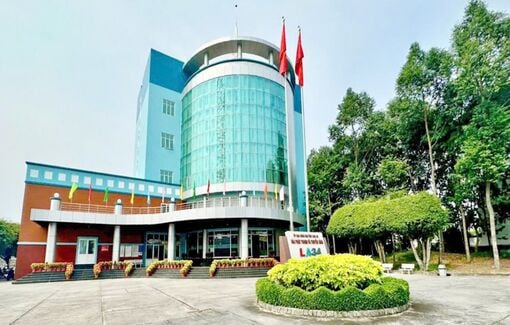
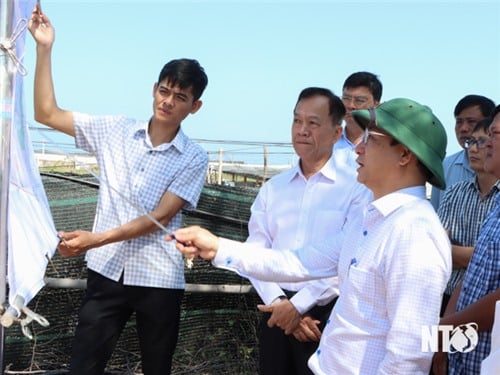
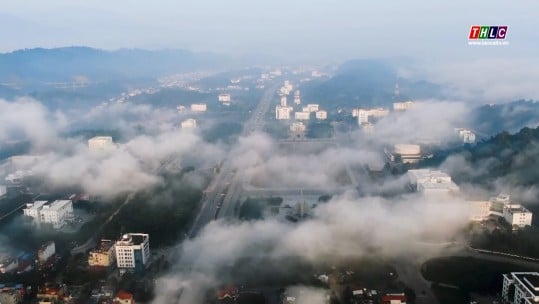












Comment (0)